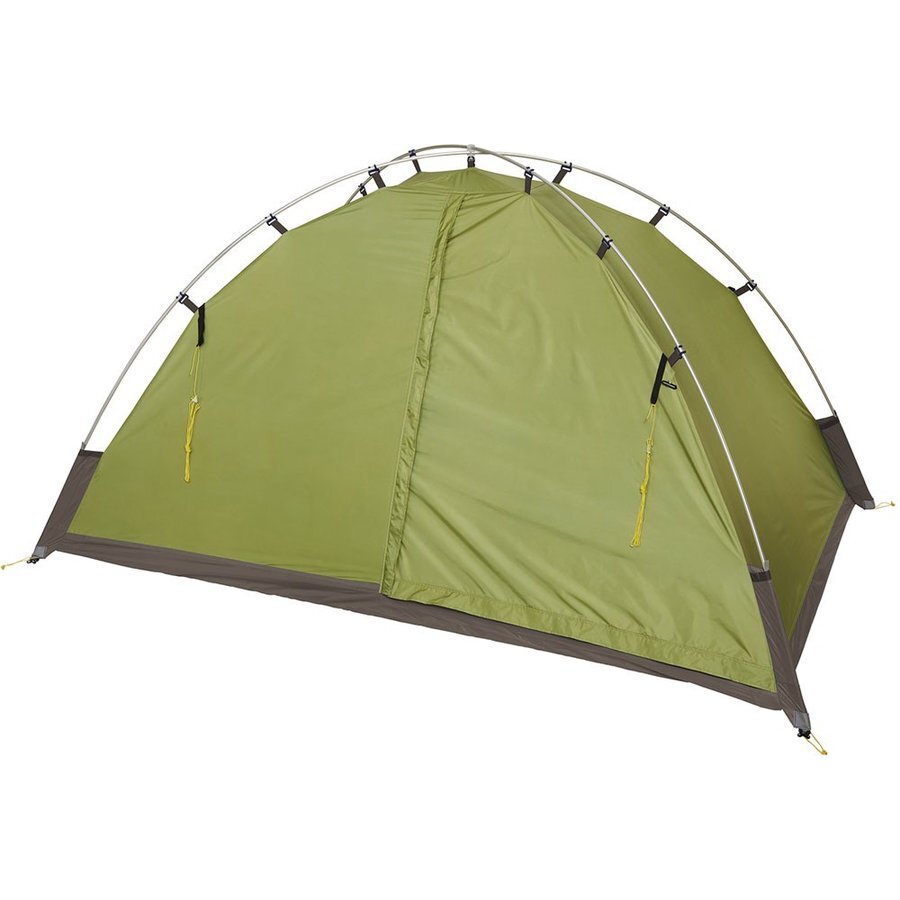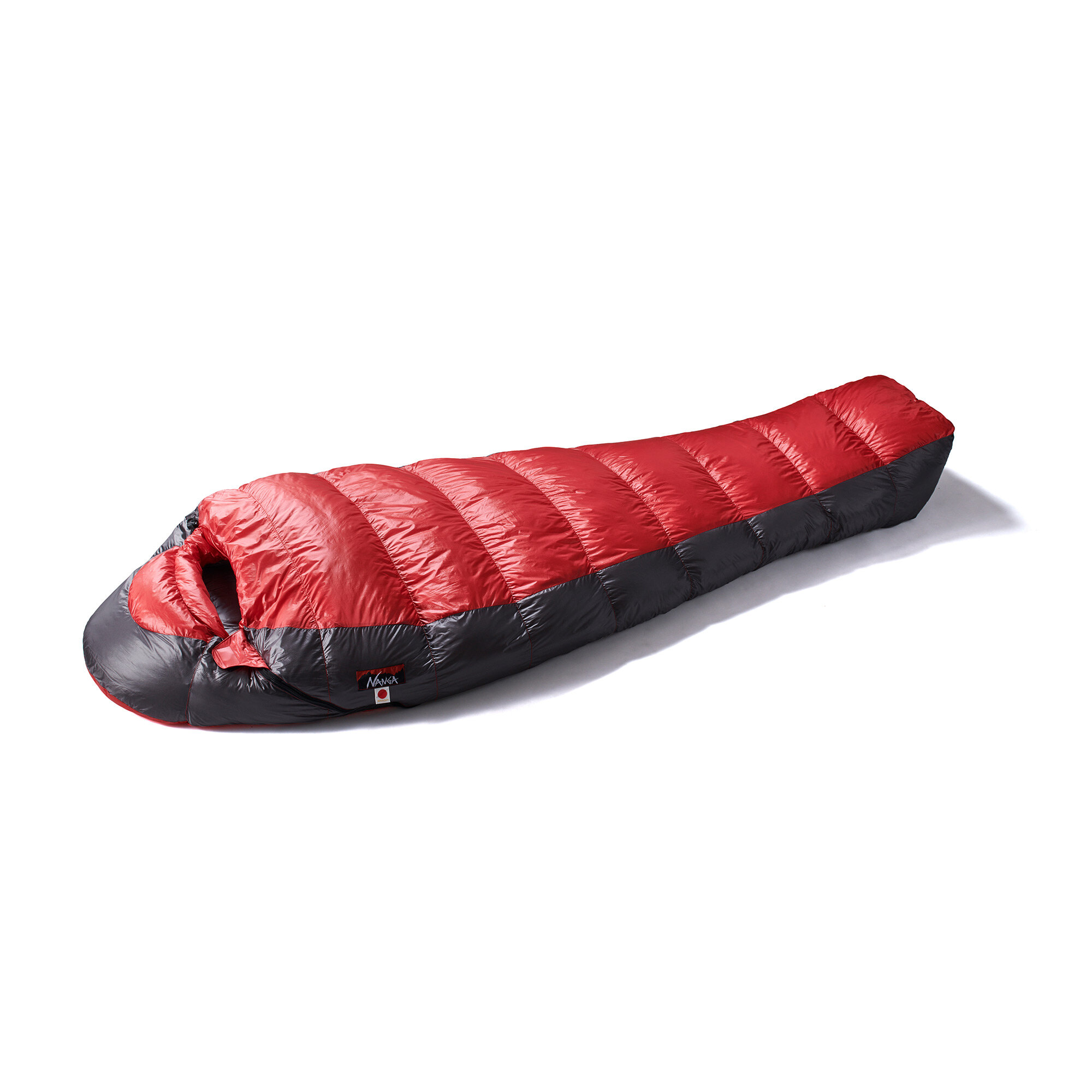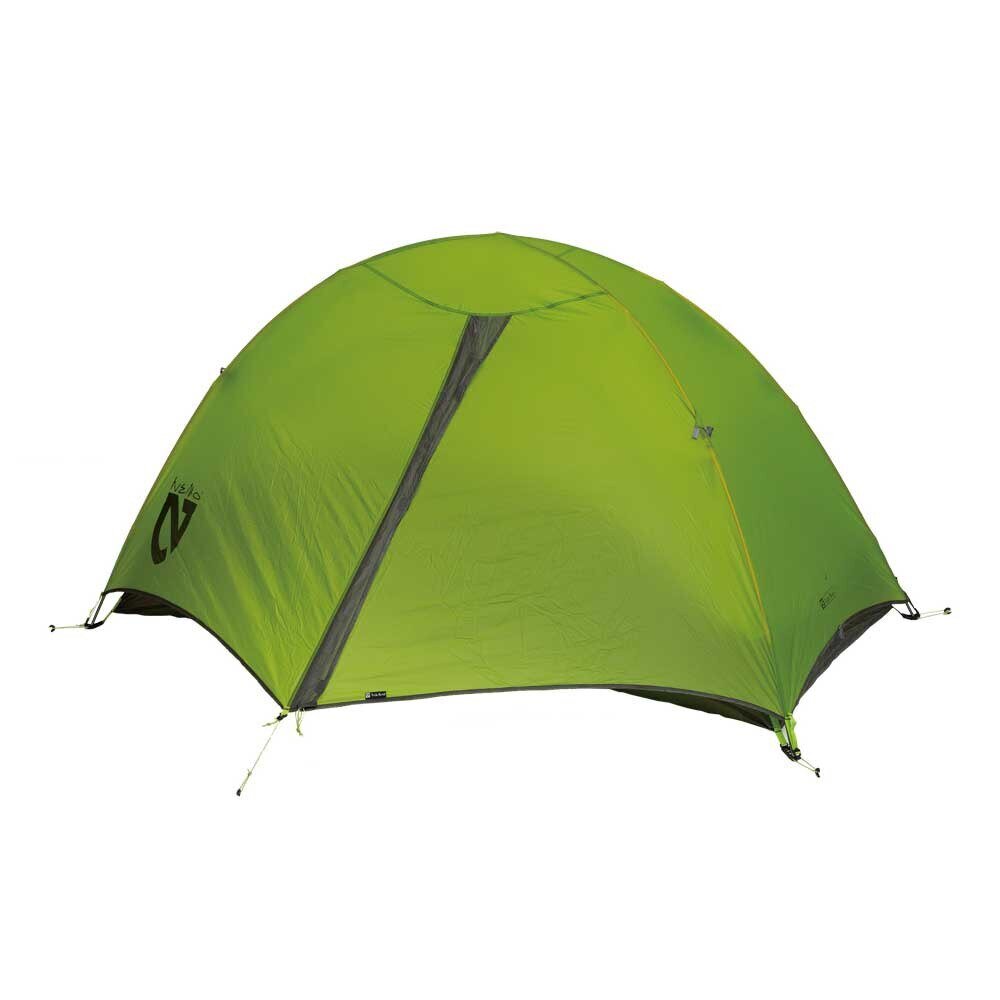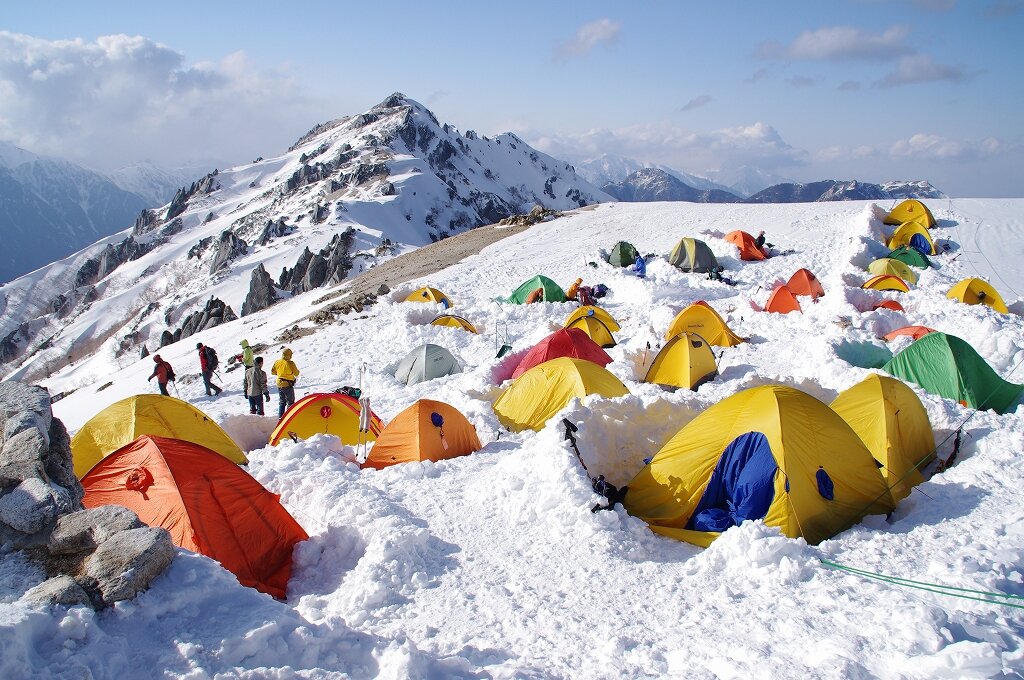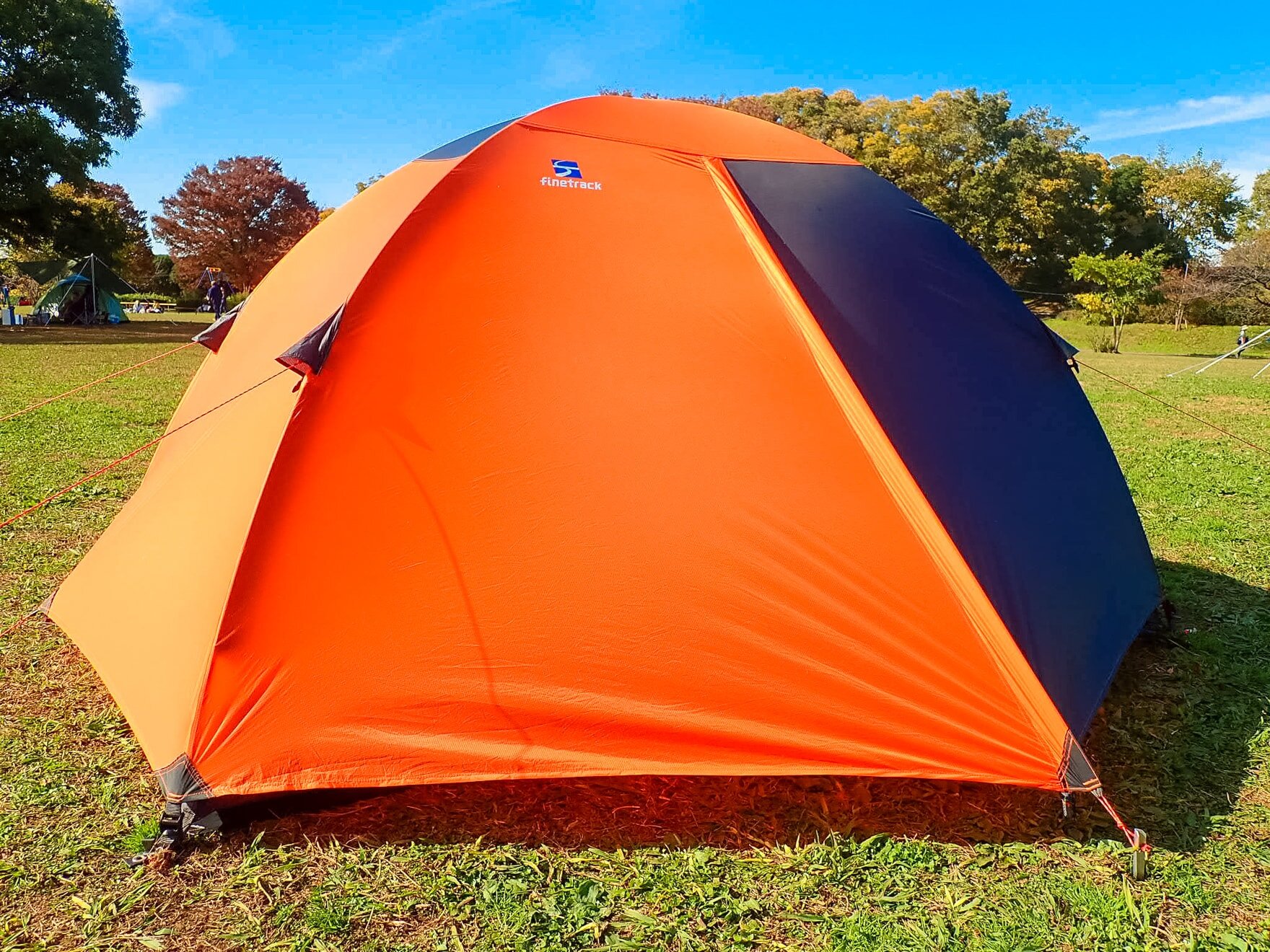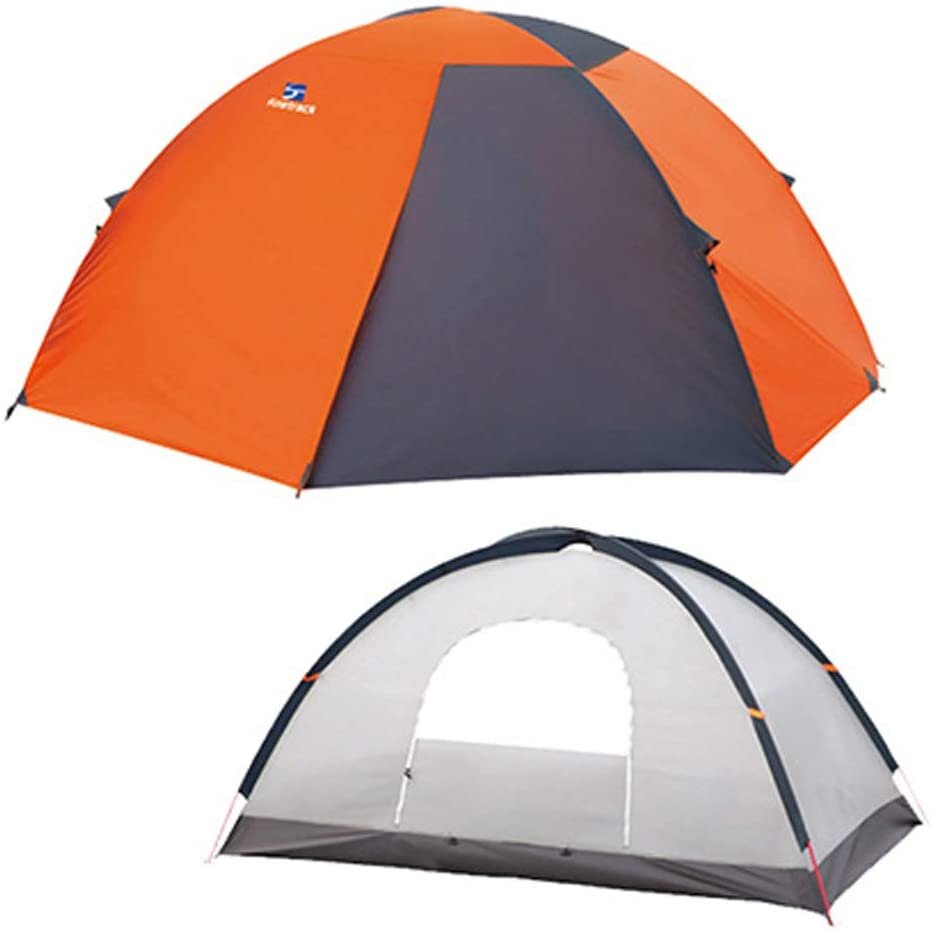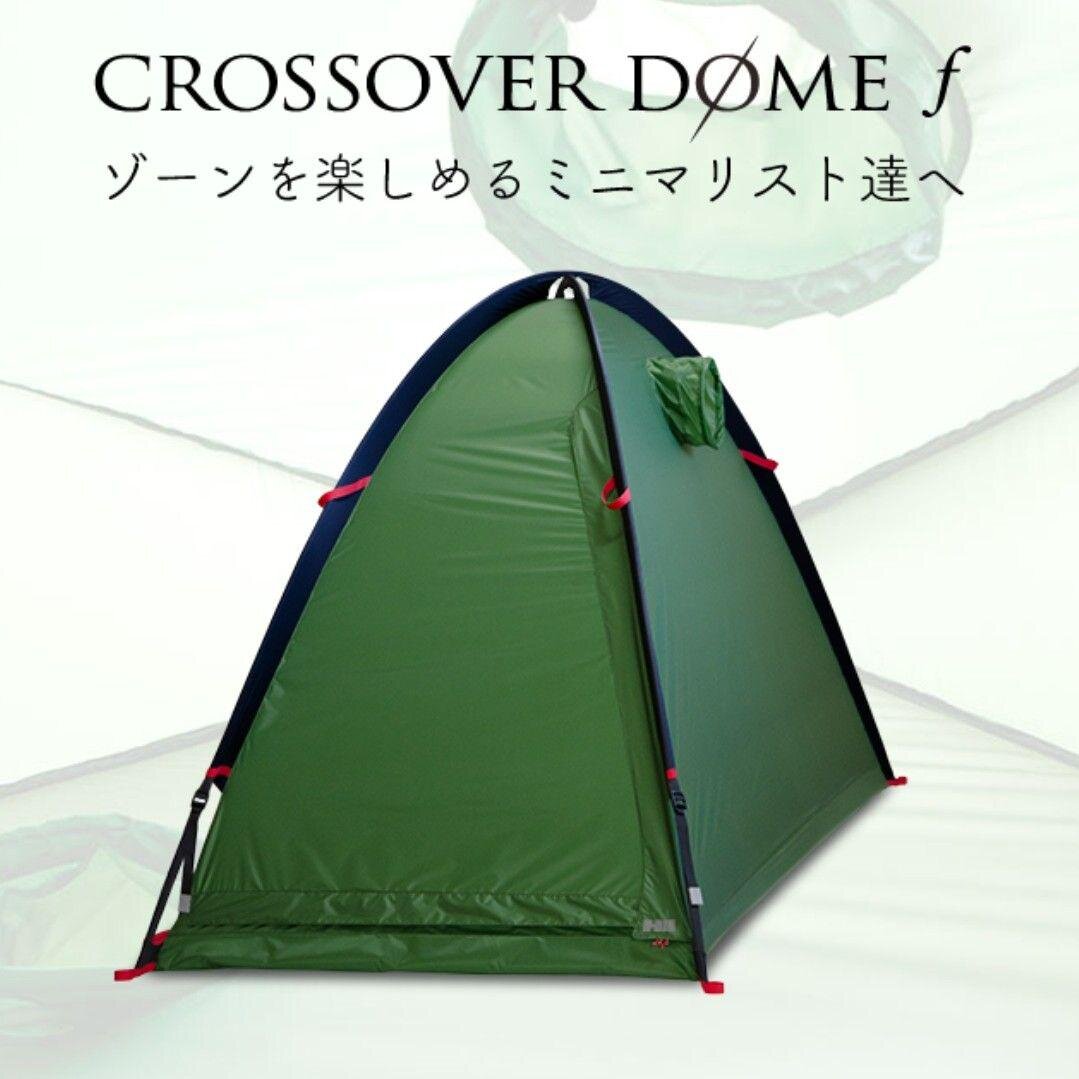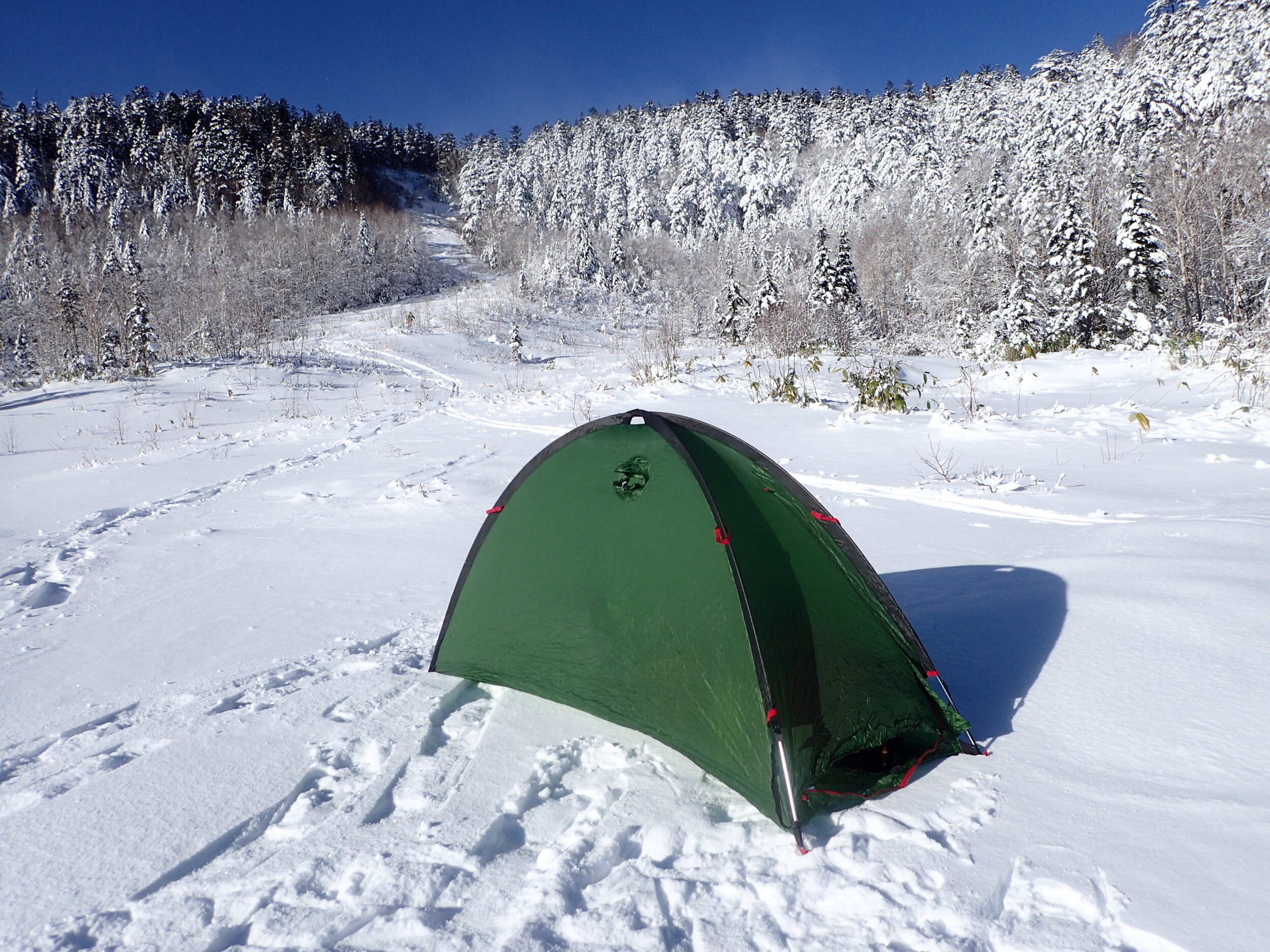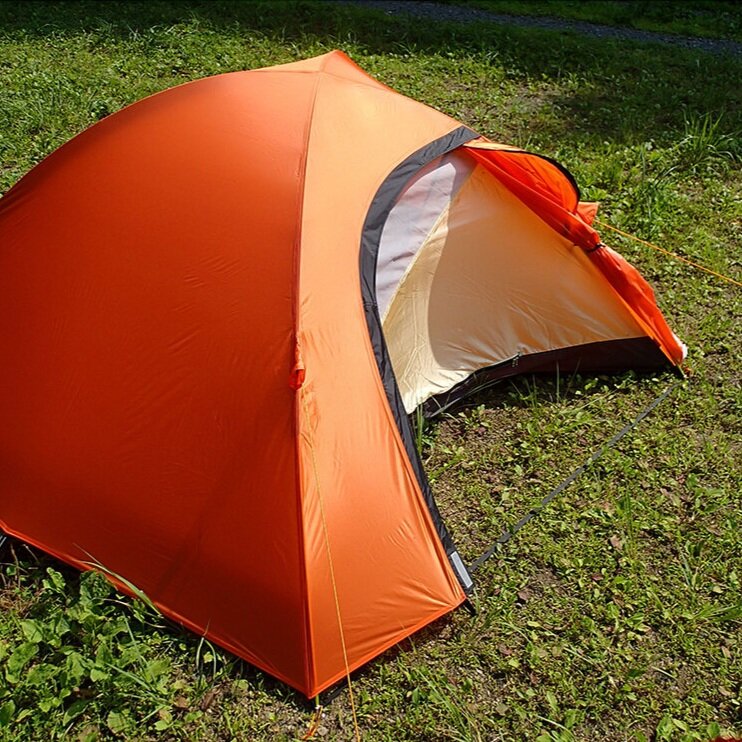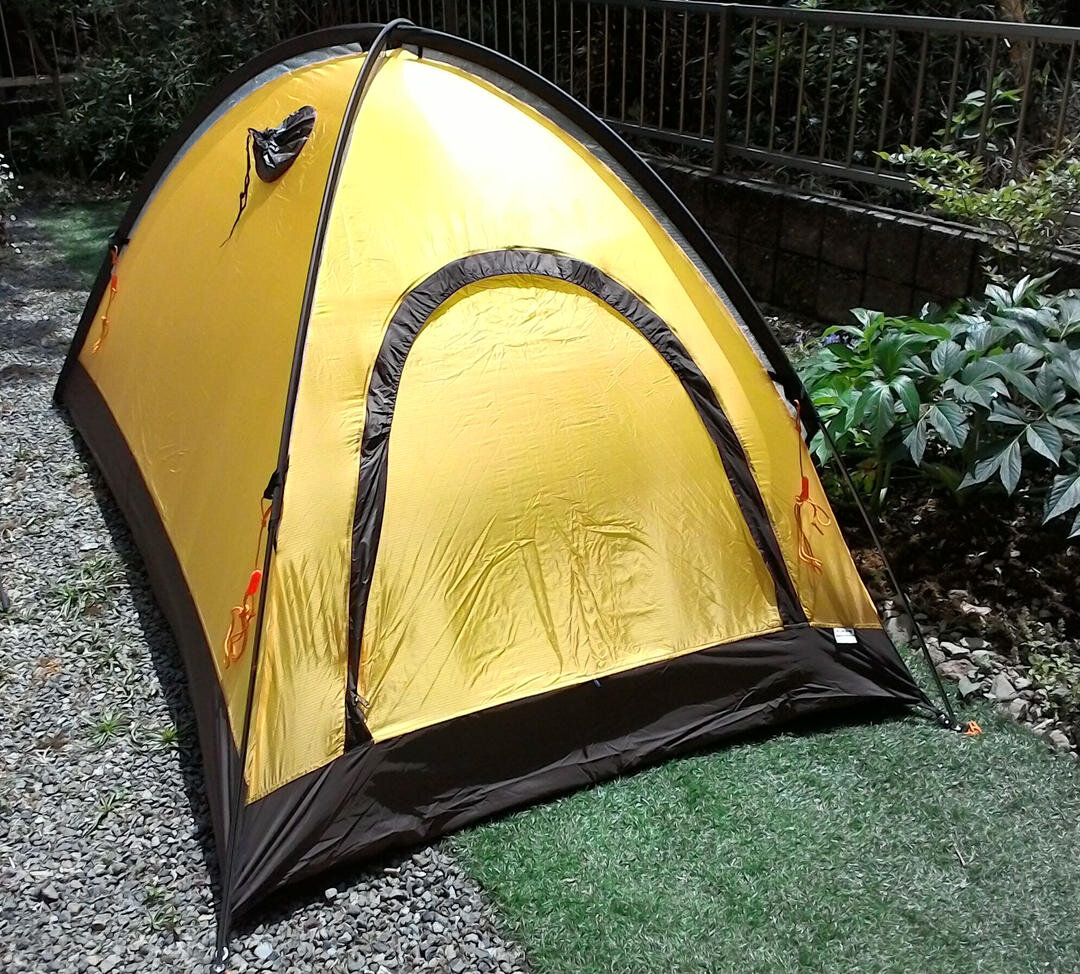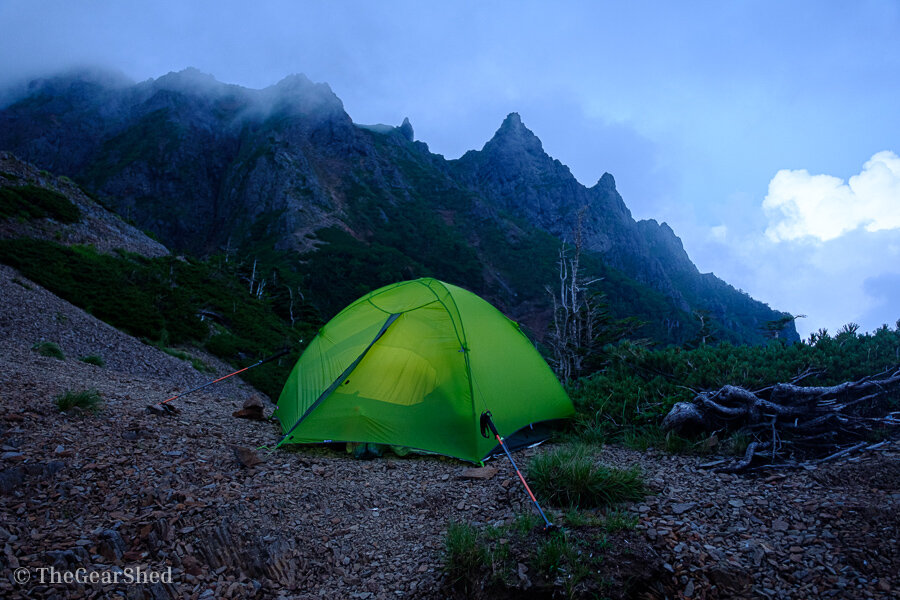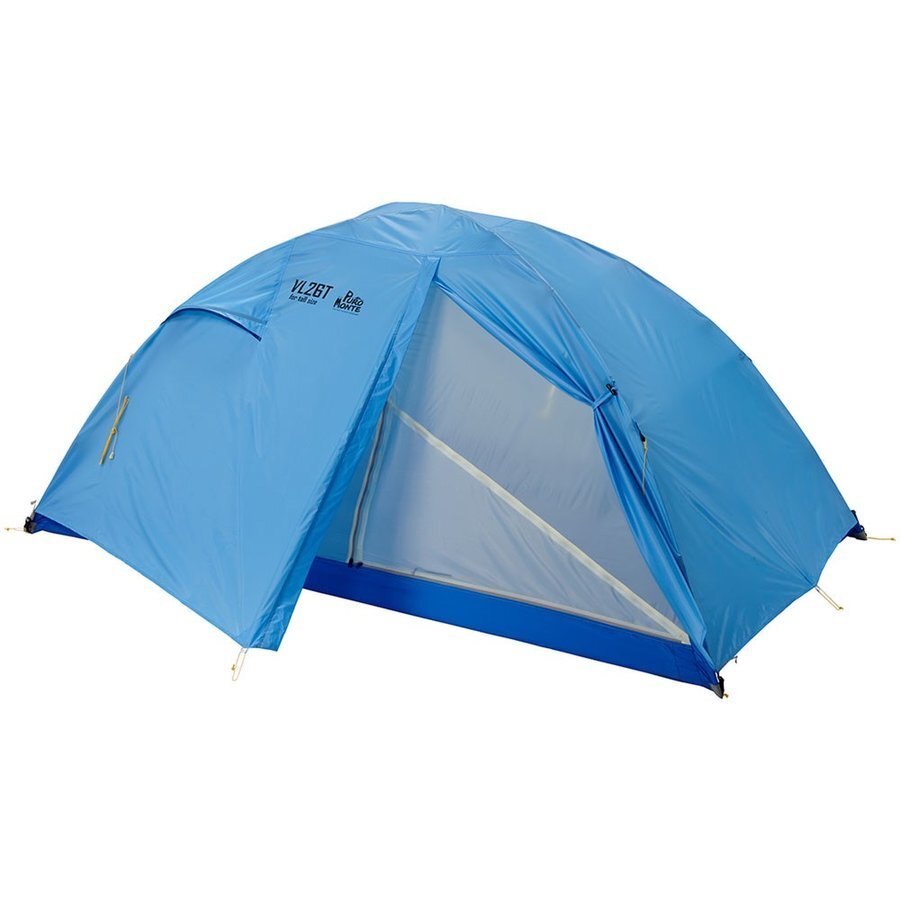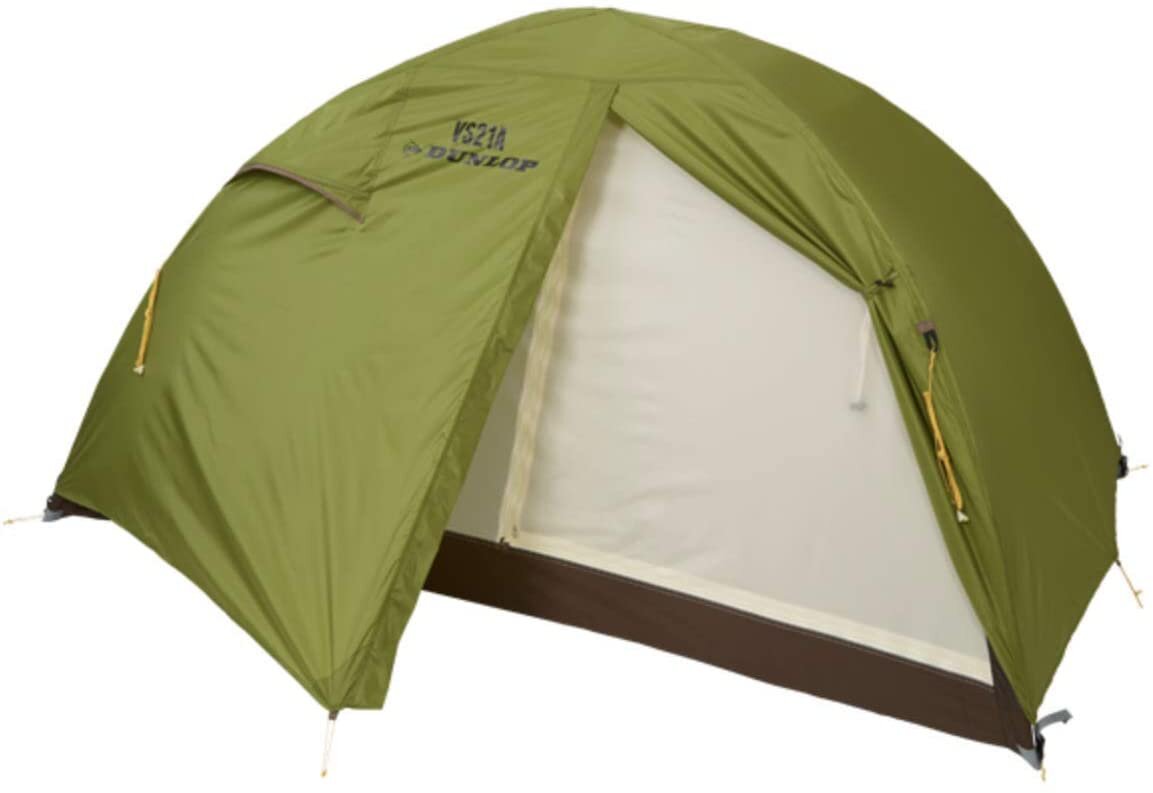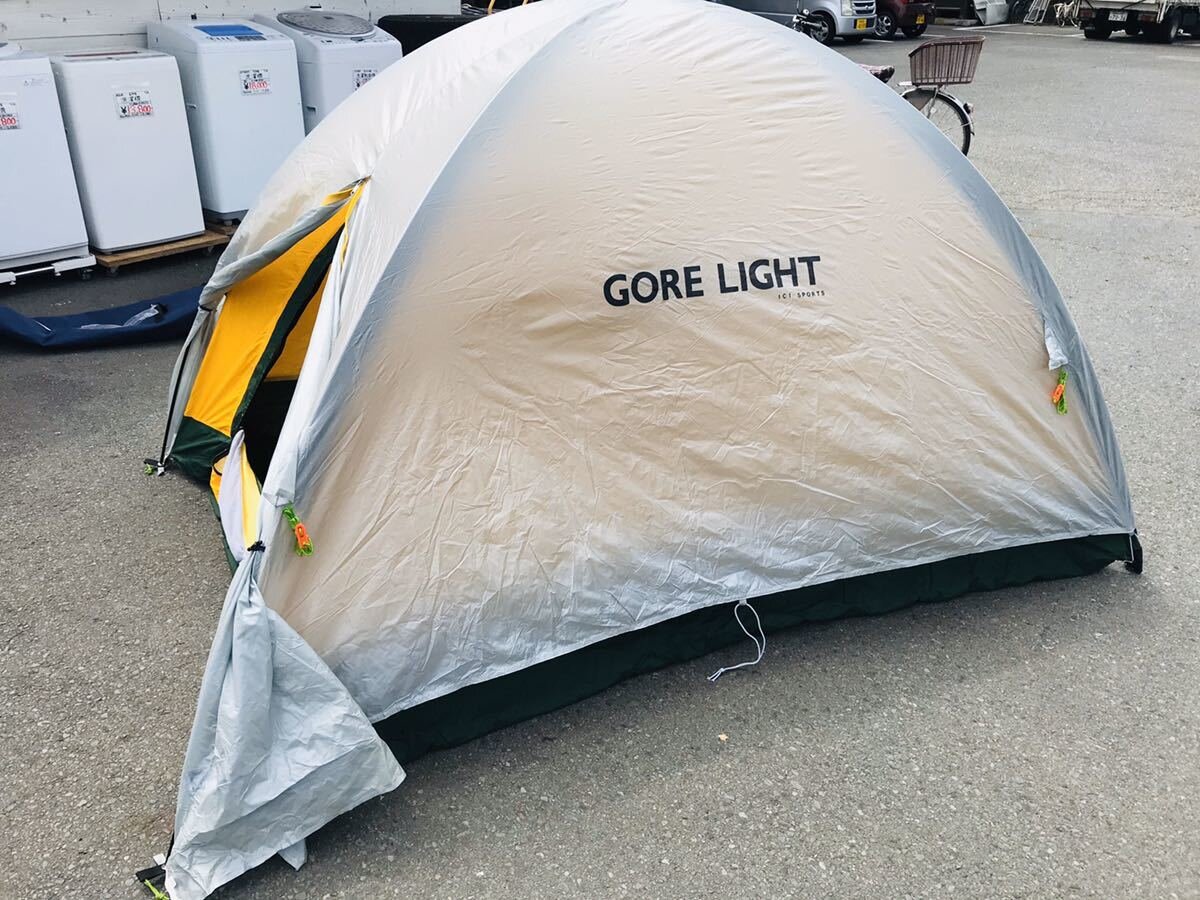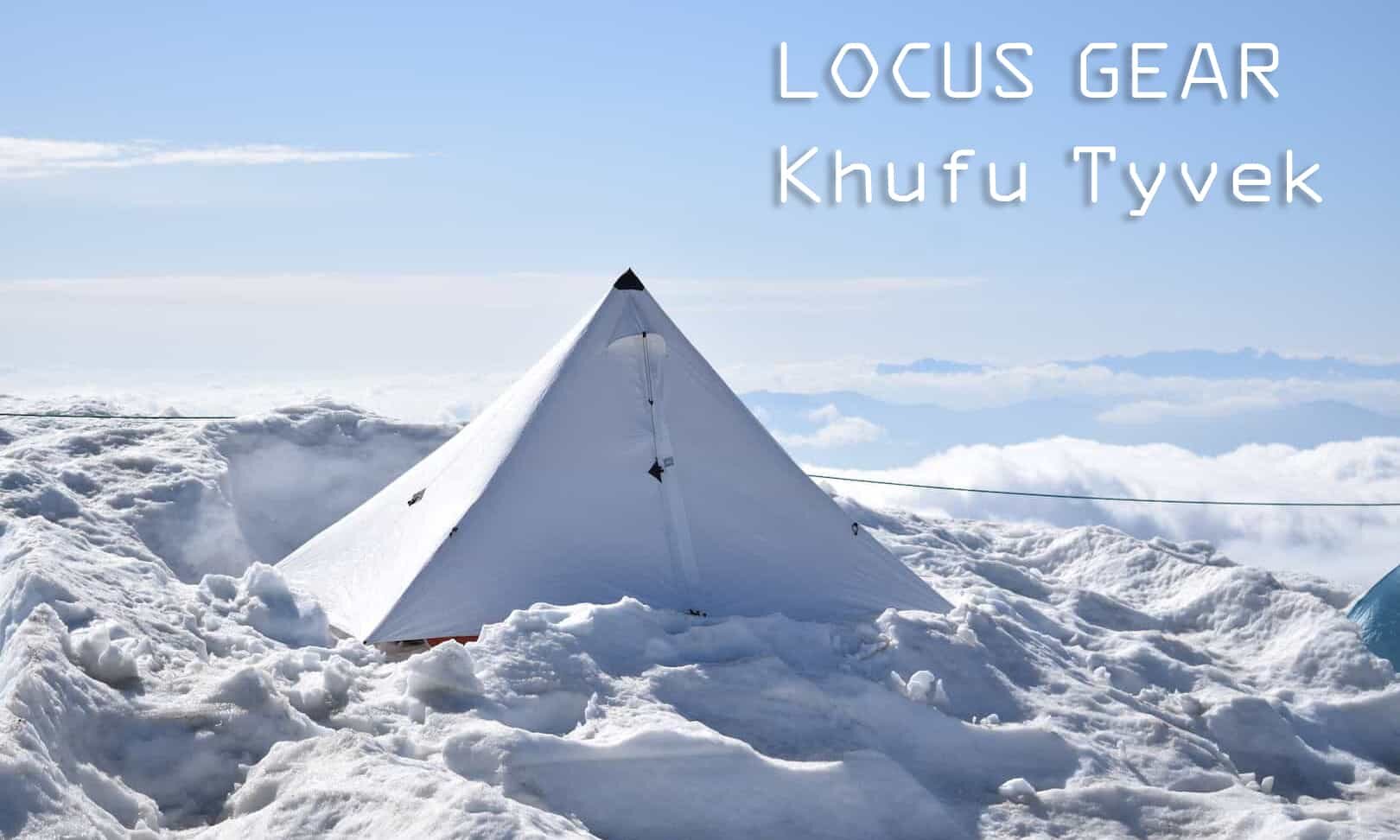Round-up on Japanese outdoor brands: Tents and Sleeping bags
A view on the Tsurugi-sawa camp site.
Living in Japan and speaking Japanese allows me to stay in touch with a lot of what happens in the outdoor community around here. Since I've started my journey into outdoor brand discovery, I've been amazed by the gear that Japanese hikers use. Made-in-Japan means undisputed quality for all the outdoor enthusiasts around here, but this goes beyond patriotism.
People in Japan firmly believe (and I agree with them) that nobody else out of the "big outdoor community" can understand their gear needs..
Japanese-made outdoor gear is the quintessence of "Design Thinking," made for a specific user type, solving a clear user need for a precise weather condition, of course, in the Japanese wilderness.
Throughout the years, I have had the chance (sometimes with skepticism) to use and eventually converted to several Made-in-Japan brands.
With this article, I intend to share some of the most enjoyable outdoor products that I consider "pure design delight" for an outdoor enthusiast.
I want to leave out all those brands that already have been recognized internationally (aka Montbell or Snow Peak) and instead, focus on smaller artisans, micro brands, mostly handmade gear ateliers.
Japanese-made outdoor gear is the quintessence of "Design Thinking," made for a specific user type, solving a clear user need for a precise weather condition, of course,
in the Japanese wilderness.
Tents
Tents are indeed an essential item in the Japanese outdoor community. If you happen to backpack on one of the major mountain ranges such as the Yatsugatake, the North Alps, the Chuo Alps, or the South Alps, you might notice the abundance of similarly designed tents.
All the Japanese tent makers use the same cross dome type of design when building their tent. I spent quite a lot of time asking why Japanese makers never considered the widely used "tunnel design" or the "single-pole structure" so popular among the UK and American makers. I realized that the reason is the unique condition of the Japanese mountains.
The type of camping we do in Japan can be considered mostly as "alpine camping" at an altitude. Japanese-made tent structure has to deal with strong wind, high humidity (the double wall is a must), still, it needs to be very light, for carrying up the steep hiking trails on the alps (not so many flat hikes around here). Also, these tents need to be compact; camping spots in Japanese mountains are small and often crowded—a tunnel tent will be simply unmanageable here.
Finetrack
Established in Kobe in 2004 by Yotaro Kanayama, Finetrack gained its reputation in the outdoor community with shells and technical layering. Nowadays, they produce one of the finest tents you can find in the Japanese outdoors, the Kamino Dome, a very light (1460gr for the two-person) four-season, cross dome construction tent.
Website Amazon
Heritage
Founded by a group of alpinists in 1997 in Nagano prefecture, Heritage was born to fulfill a specific need for better alpine gear. Heritage is famous for its green tent. The most popular is the Espace (1500gr for 2 p version), a sturdy cross poles tent. They recently got on the edge of popularity again with one of the lightest dome tents ever created, the single wall "Cross-over Dome," which in its 2020 version weighs just 630 grams. A joy for all the fast packers.
Arai Tent
Arai is a historic Japanese tent maker. Established in 1975 when they released the first version of the "ZELT" (shelter in German), a lightweight emergency shelter that somehow lessened the separation between bivouac and camping.
Their most famous model is the Ripen Air Raiz (1550g 2p). They also produced original models for major Japanese sports retailer ICI sport.
Nemo Equipment (Iwatani-Primus)
The American brand Nemo Equipment is imported by Iwatani-Primus (which also brings to Japan other brands like Deuter, Lowa, Climbing Technology, etc.). For the unique demand of this market, Nemo designers created a series of tents exclusively sold in Japan. The spearhead of this series is probably the Tani tent, an excellent ultralight cross pole that weighs just 1100 grams for the 2 person version.
Puromonte / Dunlop
The Made-in-Tokyo Puromonte/Dunlop produces a series of outdoor/alpine-ready high-quality gear. They started designing tents in the 70's, and they were the first in Japan to use gore-tex in their products. It’s common to see this brand used by many outdoor seniors. Their tents are again cross pole, very simple, and extremely light. Their VB series is 1300 grams for a 2 person version.
Paine
Paine is another historic Japanese outdoor brand. They are popular for their collaboration with ICI sports stores, giving birth to the G-Light and the G-LightX: two alpine single wall tents, overly used inJapanese winter mountaineering. The G-LightX (X stands for X-Trek fabric: a breathable and waterproof fabric similar to eVent) in the 2 person version weighs just 1160 grams.
Locus Gear
Locus Gear is an ultralight gear maker, located outside of Tokyo (in Sagamihara). They have been around since 2006 and are quite popular for their ultralight tarps. They also created a beautiful mountaineering tent (the Djedi) made of Dyneema and eVent, a killer mixture of materials that give a perfect degree of breathability and waterproofness—a utopic result for a single wall mountaineering tent. The price for this gem of design and technology goes slightly over the roof of 1000 US dollars, but it’s what you pay for an 800 grams 2 person bombproof cross dome tent!--------
Sleeping Bags
Japanese sleeping bag choices fall into 3 main brands: Montbell (which I'm not going to talk about in this article), Nanga, and Isuka. These three down sleeping bag makers are the usual obvious choice among Japanese backpackers. Their sleeping bag range, sorted by following a "location" chart instead of the warmth, caused me some skepticism at the very beginning. I explain, when buying a Nanga or an Isuka bag, you'll be asked by the store clerk which mountain and what season you are going to use it, pretty convenient, right?
Nanga
Nanga has been for years the emblem of high-quality down bags, rigorously made in Japan. Nanga produces their great sleeping bags in Mie prefecture with high quality down (their competitors Isuka and Montbell instead produce in China). Their most popular models are the UDD bags and the Aurora light bags, pricey (average 3 season is about 400 USD dollar) but a good bang for the buck in terms of quality, durability, and lightness. Also, NANGA is the only sleeping bag maker following EN normative (EU 13537) for sleeping bag ratings.
Isuka
Isuka is the “other” sleeping bag maker, meaning that whenever you go sleeping bag shopping in a Japanese outdoor store, you will find a selection of Nanga bags or Isuka bags (and of course, Montbell bags). Isuka company, based in Osaka, has been manufacturing sleeping bags for over 40 years. Their product is top-rated for quality and a great weight-to-warmth ratio. I’ve been using one of their winter sleeping bags (-15 degree for 1100 grams) for over 7 years now and never had a single problem with it. After all, manufacturing in China doesn’t necessarily mean a drop in quality.
Takemo
Takemo is a sleeping bag maker based in Wakayama. Their sleeping bag (manufactured in China) is getting more popular since they run for a lower price than giants Nanga and Isuka. However, except seeing their product sold exclusively on Amazon, I haven’t seen much information or reviews about them. I would love to test one of their winter bags someday!




